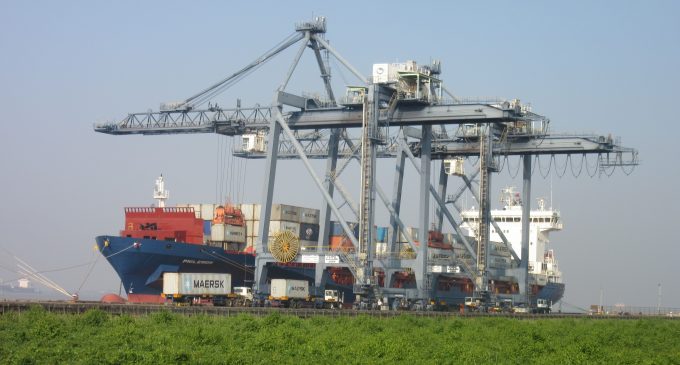Scan Global: 'A bumpy 2025 on the horizon'
“As we enter 2025, the global transportation and logistics landscape is defined by a duet ...

One year after the military coup in Myanmar, an exodus of foreign firms from the country has severely impacted the economy, leaving an uncertain future for the supply chain and logistics sector.
According to the World Bank, Myanmar’s economy is set to grow by just 1% this year, down from 6.8% in 2019, with the fallout of political unrest and the Covid-19 pandemic.
It said private investment had fallen, the costs of imports have increased, and that foreign companies operating in Myanmar remain ...
Amazon pushes into LTL for small package fulfilment and UPS does a u-turn
New senior management for DSV as it readies for DB Schenker takeover
Volumes set to 'fall off a cliff' as US firms hit the brakes on sourcing and bookings
Asian exporters scramble for ships and boxes to beat 90-day tariff pause
Temporary tariff relief brings on early transpacific peak season
'Tariff madness' will prompt renegotiation of ocean shipping contracts
Forwarders 'allowing the fox into the chicken run' by supporting 'hungry' carriers
Response to tariffs by Chinese importers may see extra costs for US shippers

Comment on this article